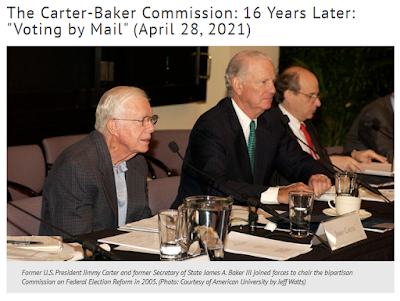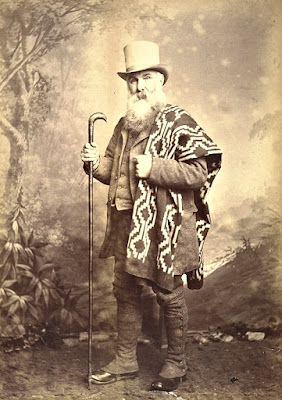Iraq Petroleum Company, Rumaila oil field, and the invasion of kuwait. Baba Gurgur.
In 1912, this company became the Turkish Petroleum Company (TPC), formed with the purpose of acquiring concessions from the Ottoman Empire to explore for oil in Mesopotamia. The owners were a group of large European companies – Deutsche Bank, the Anglo Saxon Oil Company (a subsidiary of Royal Dutch Shell), the National Bank of Turkey (a British concern) – and Armenian businessman Calouste Gulbenkian.[8] The driving force behind its creation was Gulbenkian, and the largest single shareholder was the British government-controlled Anglo-Persian Oil Company, which by 1914 held 50% of the shares. TPC received a promise of a concession from the Ottoman government, but the outbreak of World War I in 1914 put a stop to all exploration plans. The Anglo-Persian Oil Company (APOC) was a British company founded in 1908 following the discovery of a large oil field in Masjed Soleiman, Iran. The British government purchased 51% of the company in 1914,[1] gaining a controlling number of shares, e...




